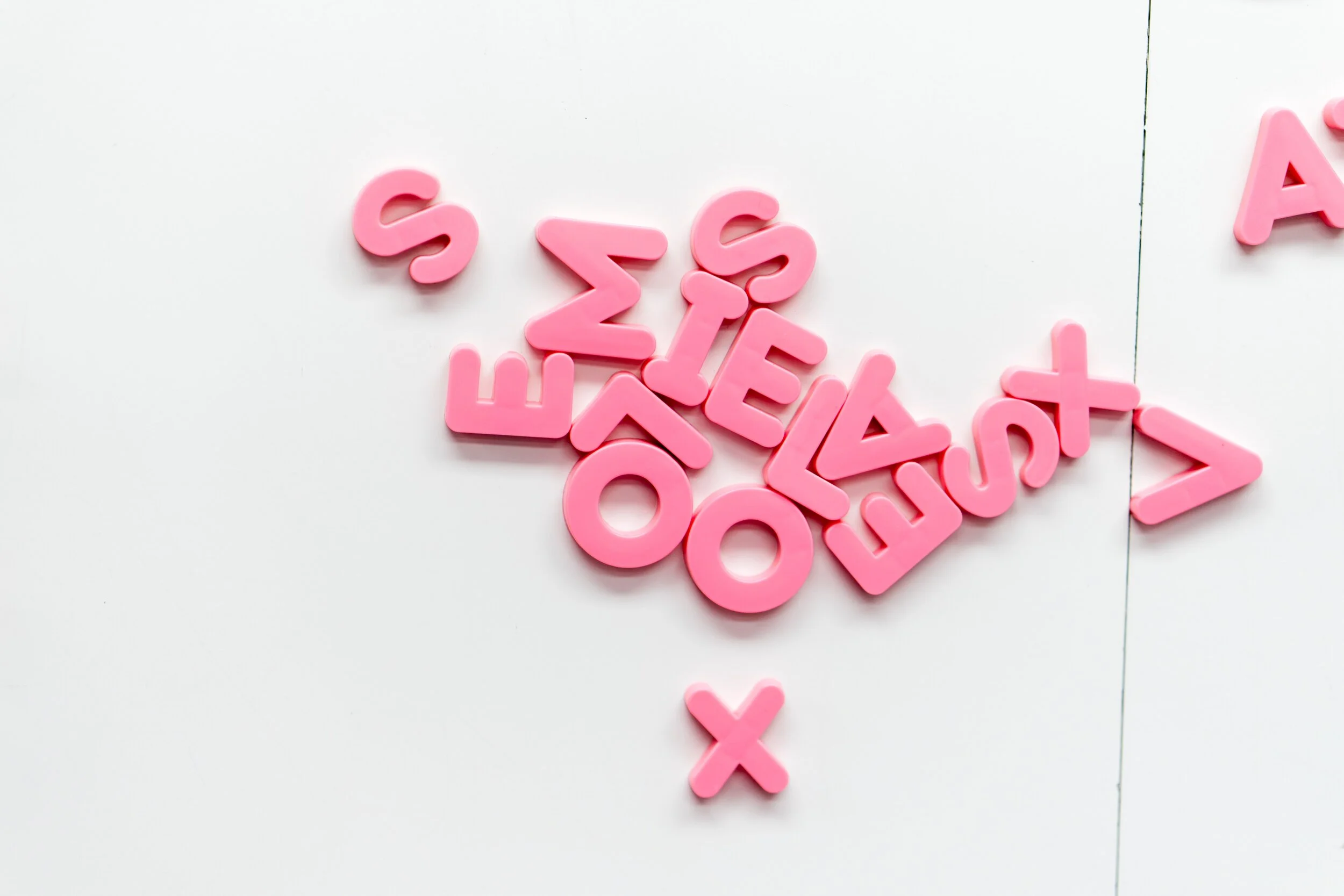Playing with Mirrors
Growing up, the Black girls I saw hid in mirrors.
In the wood panel bathroom, the girl had endless marks on her face. She looked back at me with disdain as I moved through middle and high school. Her ears flew out the sides of her head under hair too short and not straight enough. I distorted her with infinite photos I cropped and filtered on my phone. She cackled when I looked down at her body.
The girl in my bedroom sat on my dresser and could see the whole room. I could see all of her. She was violent. She lashed out. Her body squeezed itself into dresses and pants and screamed when zippers broke and threads tore. She glared back at me, day after day, wanting to be free, thinking about all the ways she could destroy me.
The real girls I tore out of magazines. I read their instructions for hair, eyes, eyebrows, lips. My abs, my arms. For summer, for fall, for winter. I would try to follow the template but failed. There was always something off or missing. But I thought that if I kept working and tried hard enough, I would exist.
But the Black girls I saw only hid in the mirrors.
I was a teenager and the girls I saw in the mirrors looked nothing like the ones I was supposed to be. I wanted—I had to—become someone. Someones didn’t look like my mirror girls. Their hair wasn’t perfectly straight and flowy unless I forced it. Our makeup didn’t lay right. My clothes didn’t fit the way they should. Their bodies didn’t look the way that they should. Of all the things I knew as a Black girl, I knew I could not be fat. Not like the girls in the mirrors.
And so I erased myself.
I used the As Seen on TV ab cruncher my mother happily bought me, went through all the free exercise videos on Comcast On Demand, and squeezed myself into leotards for dance classes. I obsessively snuck into my parents’ bedroom and weighed myself daily. I told myself I would stop eating. Finally, the rolls began to disappear.
The number on the scale slowly went down. I found myself happier. I fit into more clothes. I didn’t have to dread the dressing rooms while shopping. I learned how to eat less, and no one noticed. I learned to exercise more, and no one noticed. But they did comment on the “baby fat” I had lost. They admired my ability to fit into my new clothes. I was getting better and better.
I weighed myself. Getting better!
I weighed myself. Getting better.
I weighed myself. Getting worse (skip a meal). Getting better. Better, worse (go to the gym). Worse (missed a gym day). Worse (why didn’t you just go to the gym?). Worse (you better fucking fast). Better.
The girls in my mind reminded me of what really mattered.
At some point in college, I ran away from them without realizing. Slowly, the things they told me felt less and less true. I stopped looking at magazines and websites and books, trying to find myself. I learned I should never own a scale. I can wear all types of clothes that look good as long as I feel comfortable in them. I don’t have to contort my body for anyone. I can just enjoy existing with good food and people who love me.
I am careful when I go back to my parents’ house. The scale is no longer there, which I know because I told myself to not look for it but did anyway. There are clothes there I should give or throw away. But I’m tempted to fit into them.
As much as I’ve tried to leave them, the girls still live within me. I understand their pain goes too deep for me to touch right now without falling. I go to therapy and think about that painful abyss, but I’ve never quite been able to describe it. What would the girls in the mirrors think?
-Virgil Saunders
V. Saunders grew up in Maryland with a passion for language and literature. Her traveler’s spirit has found her multiple homes throughout North America, Europe, and Hawaiʻi. She is a proud alumna of the University of Maryland's Jiménez-Porter Writers’ House where she started The Writer's Bloc in 2011. While studying education and language at the University of Hawaiʻi, she focused her voice within social justice and language issues. V. Saunders' work can be found in Hawaiʻi Review, District Lit, and The Potomac, among other publications.


















